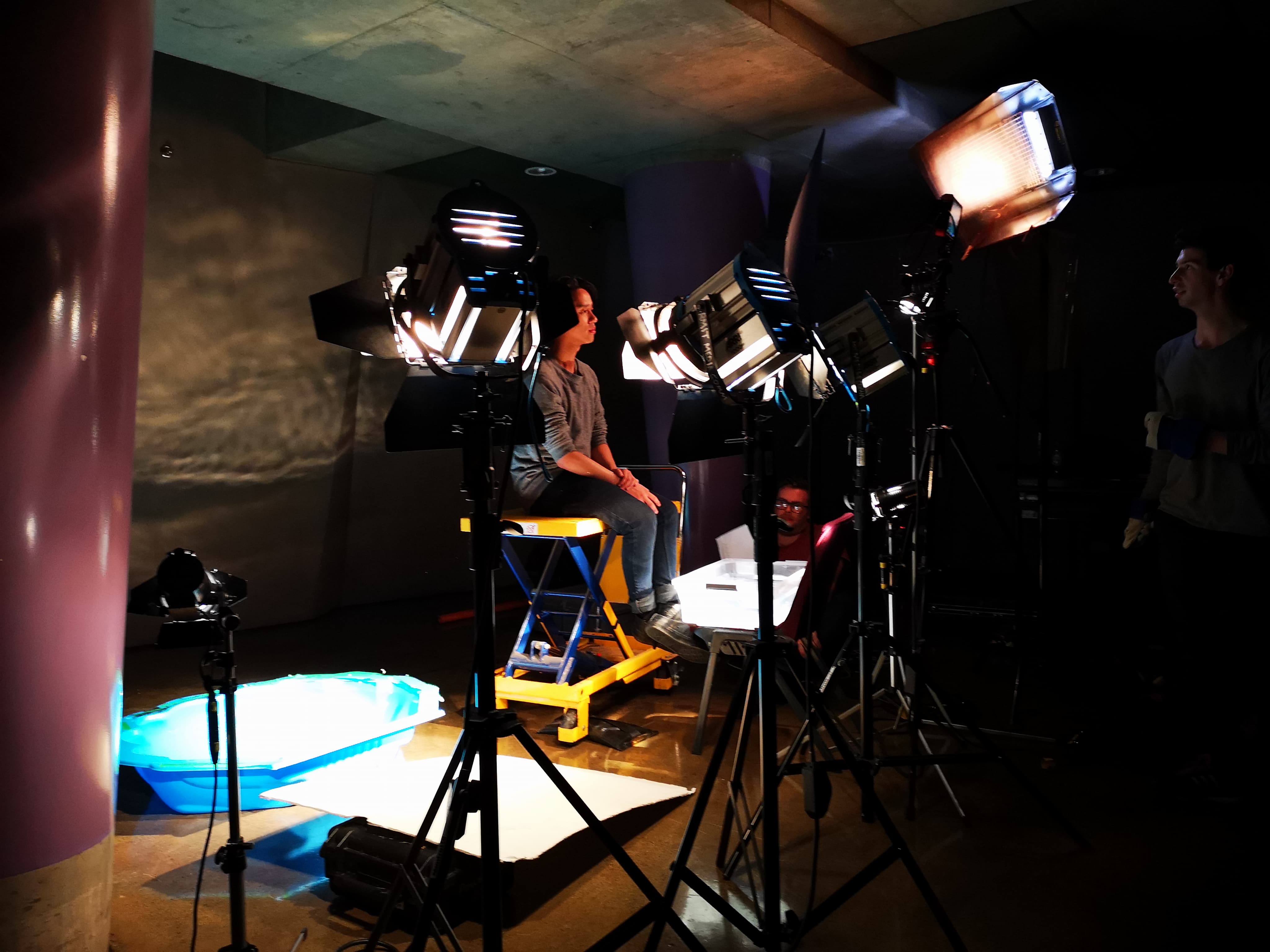So in the past week, we have planned, finalised and completed our shoot for our first part of the project. Not a case of everything that could go wrong did go wrong, but what did go wrong was totally in our control and I’d like to talk about how to remedy these things and why after a few days to take it all in. First off, it wasn’t a disaster as it sort of felt at the time. Getting an e-mail from Robin in the morning after filming was not a good feeling and on top of that, sitting there quietly with Robin for a while whilst waiting for my group to come in for Robin to essentially ‘tell us off’. It wasn’t a talk that was maligned or with any malice but it was disappointing to hear it from Robin. We had gone overtime and violated the privilege of occupying the space in building 16 for filming, which has further implications of future students potentially not being granted the permission to film there again for a time. However despite this, I feel that we got the shots we wanted, now how long it took and the painful deliberation it took to achieve them is another thing.
I believe the reason we went so over time was the ambition and drive to create a perfect piece. Not that is a bad thing, but it would seem overzealous within the confines and purpose of the current assignment. It is important to be ambitious and to want the perfect shot, however during the shoot we spent so much time trying to get the lighting perfect for our background with our water effect that it ultimately impeded our plan. Though I was the talent, I could not discern from the camera if the shot was good enough however I believe it reached a point where it was at least to get a few takes in. Our Bladerunner inspired lighting technique blinded us to the purpose of the exercise which is to learn about this technique. I did truly believe that there was a point where it was great to shoot, however with the drive to get the shot as perfect as we can we ended up eating time, too much time in fact. There are a few things to consider, we used a lot of lights to light the background in our pitch black room, with three 1k lights to reflect the water onto the wall, dedos to create some more of those reflections in the background and onto my face; and a Kino to fill the scene with soft light. There was a point in the corner of the background where the reflection was not perhaps dissolving with the rest of the background as we would’ve liked, now to debate this internally it was either fix it or shoot as it is. We had tried to fix it, and with lack of knowledge on how light interacts with water and surfaces on a physics level or a lack of experience with this lighting set-up it was evident in hindsight that it was too small a problem to be fixing over such a significant and crucial period of time.
Photo of lighting setup
As shoots drag on, especially on small crews the restlessness and carelessness tend to settle in. It only takes the most experienced individuals and crews to fight through that, even then it might not be enough. As time goes on, we get more fatigued, this could lead to a skewed perception on the shot we intend to shoot, which in turn leads to lower standards as we essentially just want to get the shoot done and go home. This could have played a significant part of our inability to determine if such a problem needed to be fixed to a point of relative perfection. Even so, we eventually were happy with the shots we got and wrapped. Though we learned a valuable lesson that I for one would not forget is to respect the space.
It is important as media practitions that we abide by the schedule we are given, this is not only important in the short term with university projects but with longer ambitious goals such as making a film. A film or a piece is not defined by a single shot or a single shoot day, there may be days which are important but the whole is much larger than its parts. More often that not, a ‘bad’ shot can be masked within the magic of film making where it is not noticeable to an audience member. There comes that restraint and perspective of viewing it from an audience members point of view, because there is a point on set where the scene is not as perfect as you believed it would be, where the minute details are not to your liking. However, what does that matter to a viewer, or a critic or your colleague for that matter. It is important to discern if a shot is ‘good enough’, especially in the context of this shoot day. Not to criticise any of our crew members, it was the group’s mistake to overstep our boundaries of the schedule however it is important to reflect on what can be learned.
For the next part of the assignment, it is important not to lose our ambition and our drive. I believe it was perfectly fine, however I think that we need to re-focus it to what needs to be done rather than we want done.



